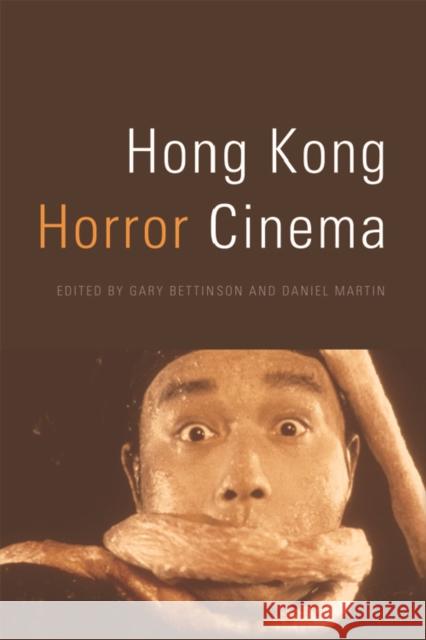Hong Kong Horror Cinema » książka
topmenu
Hong Kong Horror Cinema
ISBN-13: 9781474452229 / Angielski / Miękka / 2019 / 240 str.
Hong Kong Horror Cinema
ISBN-13: 9781474452229 / Angielski / Miękka / 2019 / 240 str.
cena 128,05
(netto: 121,95 VAT: 5%)
Najniższa cena z 30 dni: 100,70
(netto: 121,95 VAT: 5%)
Najniższa cena z 30 dni: 100,70
Termin realizacji zamówienia:
ok. 30 dni roboczych.
ok. 30 dni roboczych.
Darmowa dostawa!
Kategorie:
Kategorie BISAC:
Wydawca:
Edinburgh University Press
Język:
Angielski
ISBN-13:
9781474452229
Rok wydania:
2019
Ilość stron:
240
Waga:
0.25 kg
Wymiary:
22.86 x 15.24 x 1.02
Oprawa:
Miękka
Wolumenów:
01











